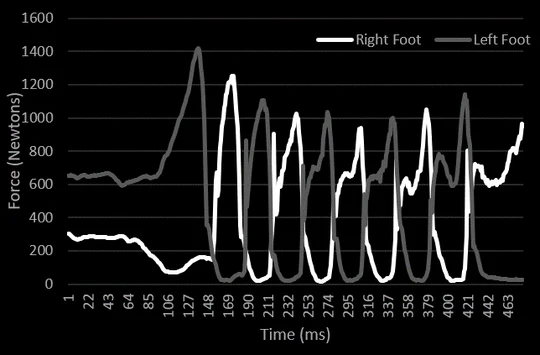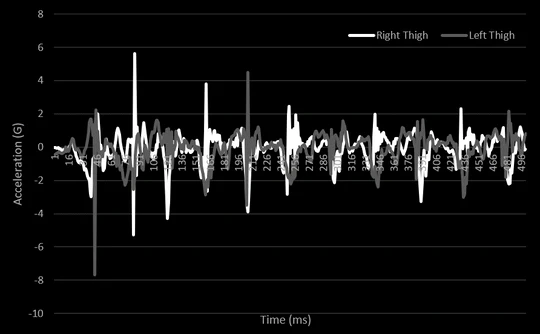The Science Of Hockey TRAINING
At Apex Hockey, we are passionate about the science of high performance hockey development. We bring the latest technology to the rink, applying methods backed by research, evidence and experience to each individual player. Combined with our team’s decades of playing and coaching hockey, we provide a training experience like no other for every player who steps on the ice with us.
the science
JOINT RANGE OF MOTION
Everything starts with how well a player moves. We have innovated the use of 3D motion capture to perform a kinematic analysis of each skating maneuver used today in the game of hockey. By understanding how each joint moves and how they all work together to move the athlete up and down the ice, we can target our training progressions for individualized performance improvements.
the science
force production
Players who move efficiently while generating high levels of force are nearly unstoppable. Our foot pressure mapping tech gets us as close to the ice as possible. We measure how much force comes down through the kinetic chain, into the skate, through the blade and onto the ice. Stride by stride, millisecond by millisecond, we drill into the details of each player’s force production.

the science
BALANCE
Hockey is a game of organized chaos. To keep up with the puck, players constantly shift their center of mass outside of their base of support to change directions. Without well-tuned balance skills at the neural and muscular level, the player risks injury or falling behind as the game intensifies at each stage of development. Apex Hockey’s video analysis helps players develop their body awareness and control during the high speed, mulitdirectional maneuvers that make our sport so exciting yet so demanding.
The Science
Acceleration
A difference of a few hundredths of a second at one end of the ice can quickly result in a difference of one goal at the other. Acceleration means separation, making acceleration one of the most important skill sets on both sides of the puck. Our 3D motion capture sensors include accelerometers that monitor each part of the kinetic chain. We follow those movements all the way down to the ice and then work our way back up, identifying where athletes need to move their body better so they can move more explosively.

